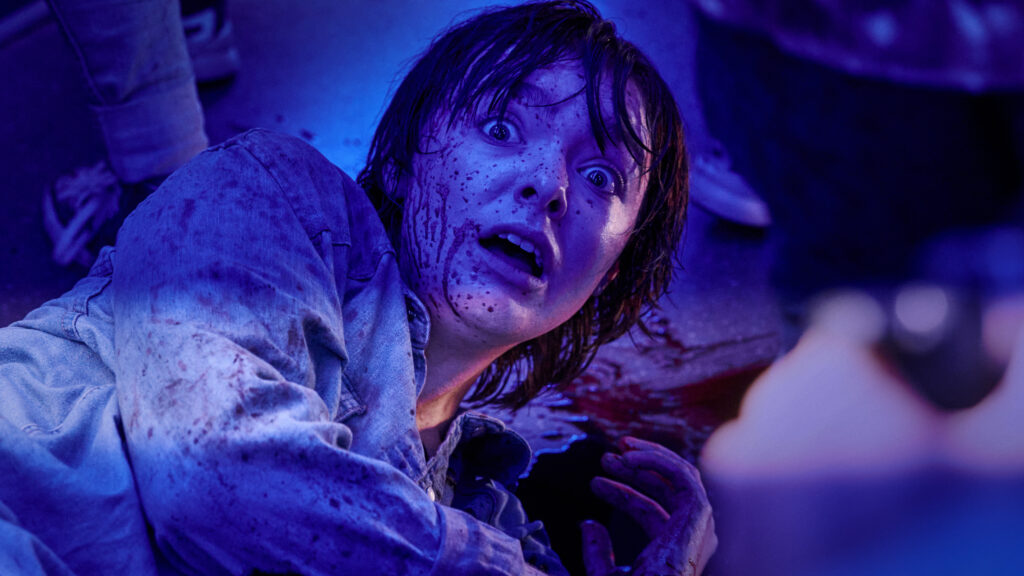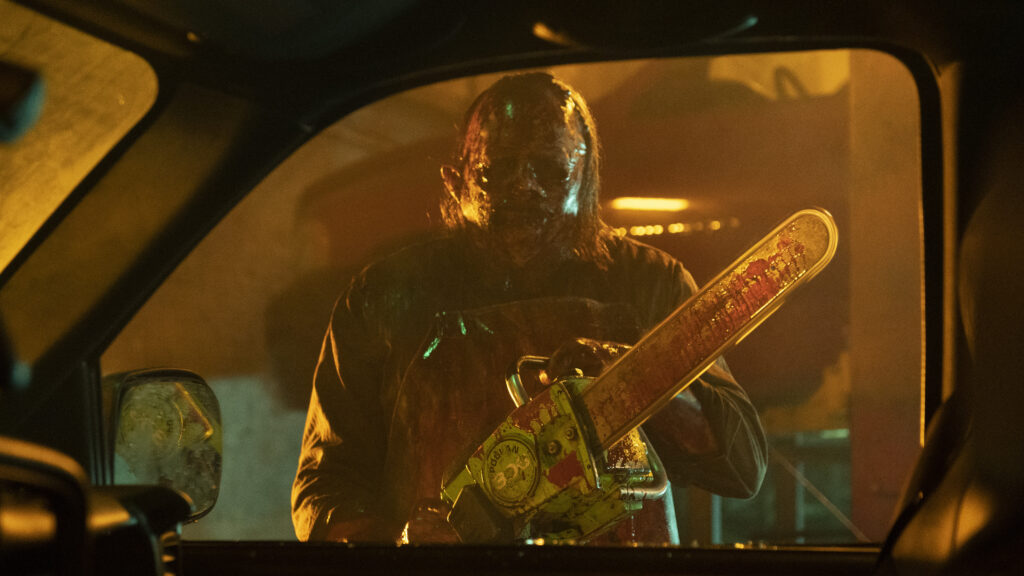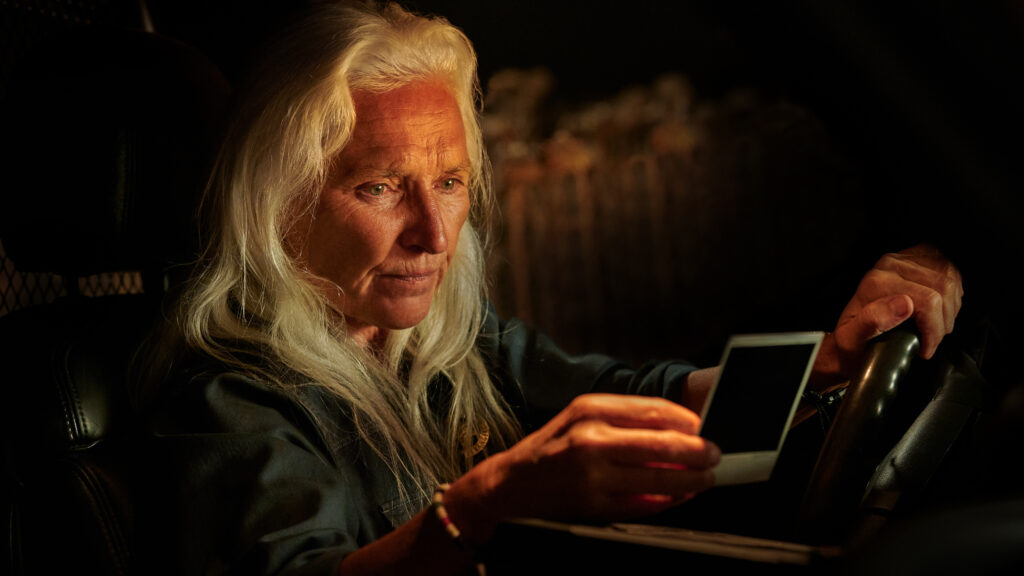‘Texas Chainsaw Massacre’ Review: New Sequel Gives The Middle Finger To An Important Legacy

There are a lot of reasons to avoid the latest entry to the Texas Chainsaw Massacre canon. For one thing, its condescending and offensive attitude towards millennials feels personal and politicized. Another is the terrible script and across-the-board clunky performances, which constantly knocked me back into reality. But, the first and foremost reason this film should be condemned is its absolutely disrespectful usage of Texas Chainsaw legacy character Sally Hardesty.
Texas Chainsaw Massacre (2022) is a new requel for the books from director David Blue Garcia based on a screenplay by Chris Thomas Devlin. The gruesome twosome has somehow managed to produce what is likely the worst entry into the entire Texas Chainsaw canon. An impressive feat, considering the disastrous Texas Chainsaw 3D.

An unfortunate disadvantage facing Texas Chainsaw Massacre is that it just so happens to hit screens barely a month after 2022 audiences encountered the fifth Scream film. Scream (2022) is a perfect example of how a legacy franchise is able to produce a requel. It did so while bluntly spelling out the capitalistic, fan-pandering purposes of the newfound cinematic medium. For the uninitiated, a requel is a sequel/reboot/remake hybrid that attempts to cash in on a long-standing legacy while also netting in a younger generation who may not be as well acquainted with the property. It’s a fine balancing act, to be sure. Halloween (2018) and its sequel Halloween Kills have managed to find a way through the jungle, and Scream (2022) seemed all but destined to succeed within such a self-aware, post-modern medium. Texas Chainsaw Massacre, however, did not. Instead, it manages to present the worst of both worlds: it mangles its historic lineage while simultaneously insulting its younger characters and audience to a point of no return.
The setup of Netflix’s trip to Texas is simple to a fault. A group of entrepreneurial and extremely irritating young people has purchased Harlow, a now ghost town in the rural south. When our lead characters played Sarah Yarkin, Elsie Fisher, and Jacob Latimore show up, they find that the town’s residents have not fled the way they had hoped. It’s hard to know what the filmmakers were intending to say by having our young city folk arrive and physically displace racist Texans from their abandoned town, but whatever the metaphor at play here is, it sure smells stinky.

There is even an overdrawn scene where the one Black character, Lattimore’s Dante, attempts and fails to remove a confederate flag hanging outside of an abandoned orphanage. When Ms. Mc (played by Alice Krige) shows up, she explains that the flag only reminds her of her great granddaddy and that she herself has no issue with “negroes”. Again, I do not claim to understand what the filmmakers were saying with this strange, prolonged, and extremely uncomfortable section. However, in context with the rest of the strange choices made by this film’s anti-city folk narrative, this whole segment put me on an edge I never found myself crawling down from.
While all of the above issues left me confused and irritable, none of them had me as appalled as the way this movie spits in the face of horror’s arguable first Final Girl. From the trailers for Texas Chainsaw Massacre, it was obvious this sequel was going to hijack Halloween 2018’s use of a gun blazing, traumatized, and revenge-hungry survivor. And it does. It’s an off-brand, bottom-shelf, half-hearted capitalization of Blumhouse’s rework of Laurie Strode. And boy oh boy does it not work here even a little bit. In fact, it feels so much like an afterthought that I wouldn’t be surprised if this Sally subplot was tacked on near the end of the development.

Even though a handful of violent scenes do breathe some life into the desecrated corpse of a legacy sequel, they in no way make up for the levels of disrespect faced by its characters and its audience. Texas Chainsaw Massacre is one of the worst requels we have ever received. It’s nothing but a middle finger to one of the most important female characters in the history of horror. I’d like to imagine that Sally’s story really does end in that terrifying final scene from the original The Texas Chain Saw Massacre. The way she rolls away into the sunset in the back of the blue pickup truck, screaming in hysterical, maddening relief, is in line with how I felt when Texas Chainsaw Massacre (2022) finally ended.
-
Texas Chainsaw Massacre
Summary
Even though a handful of violent scenes do breathe some life into the desecrated corpse of this legacy sequel, they in no way make up for the levels of disrespect faced by its characters and its audience.
